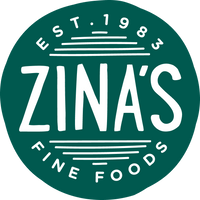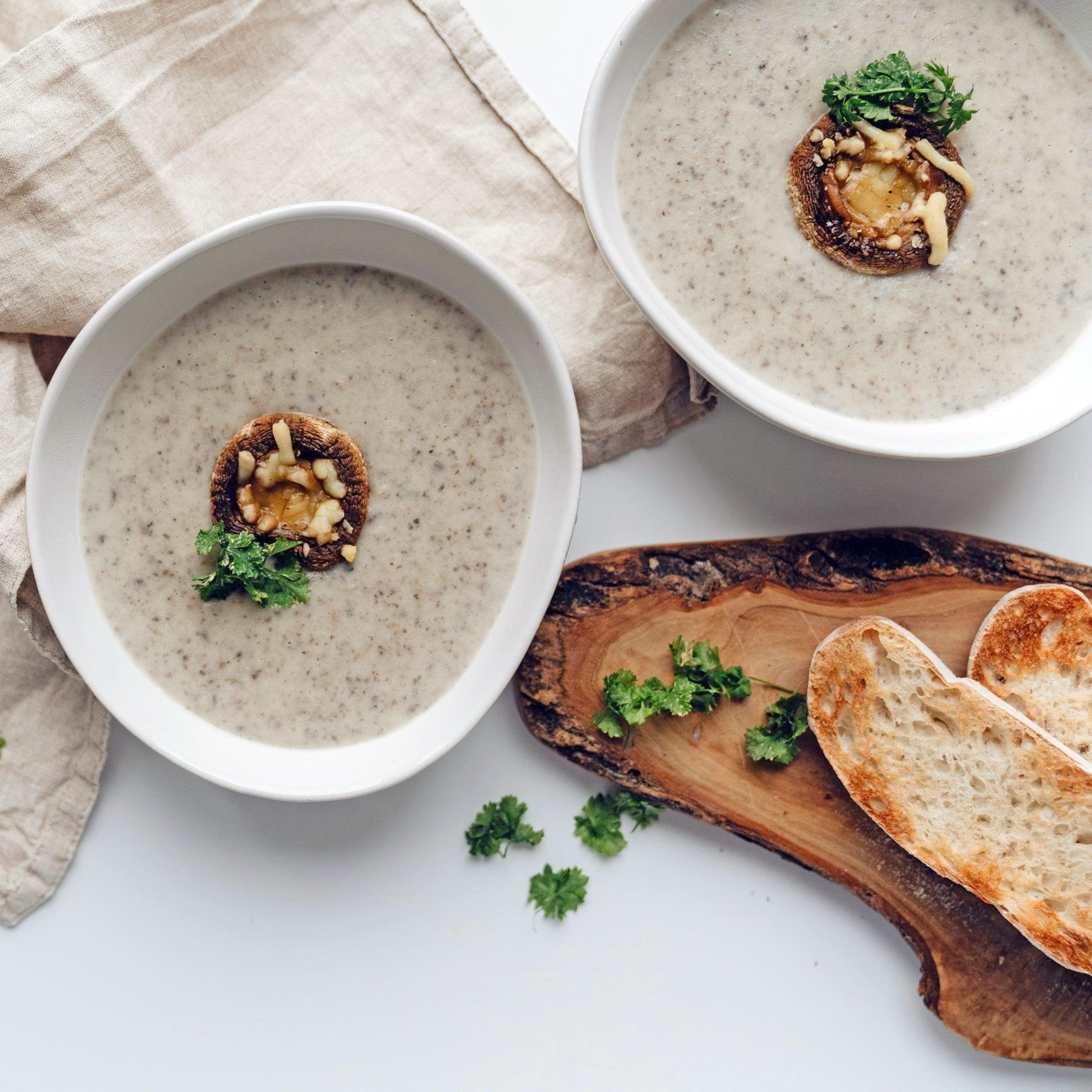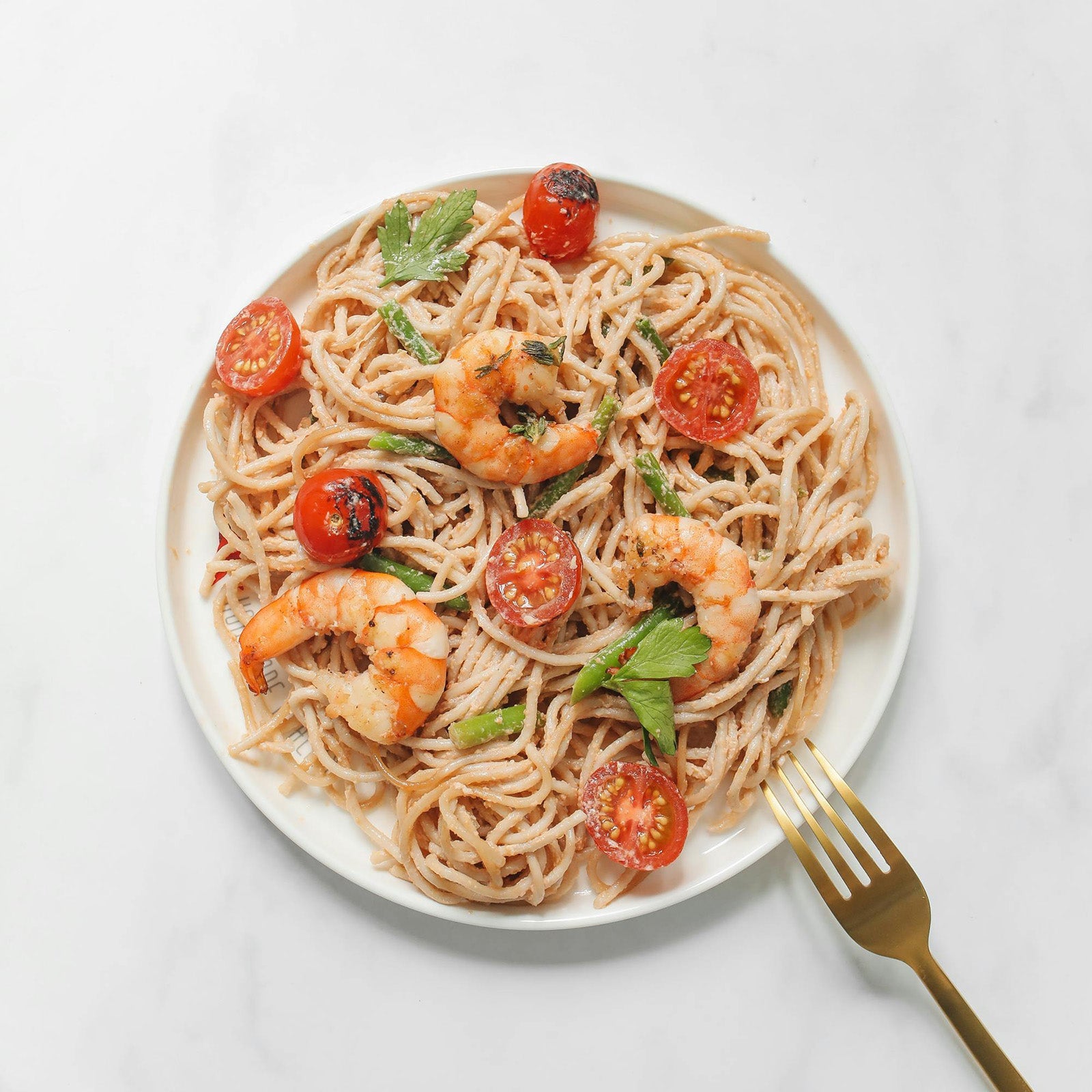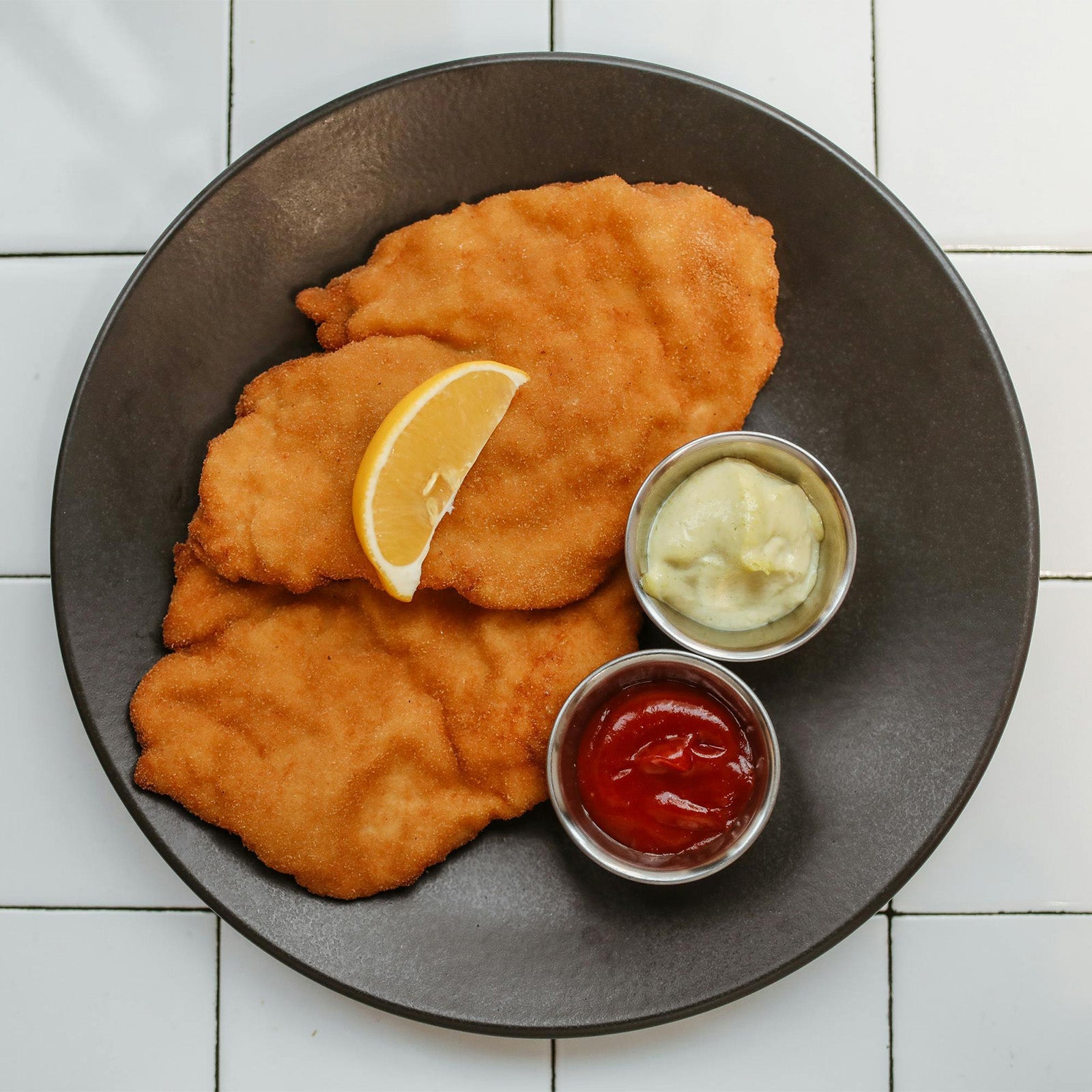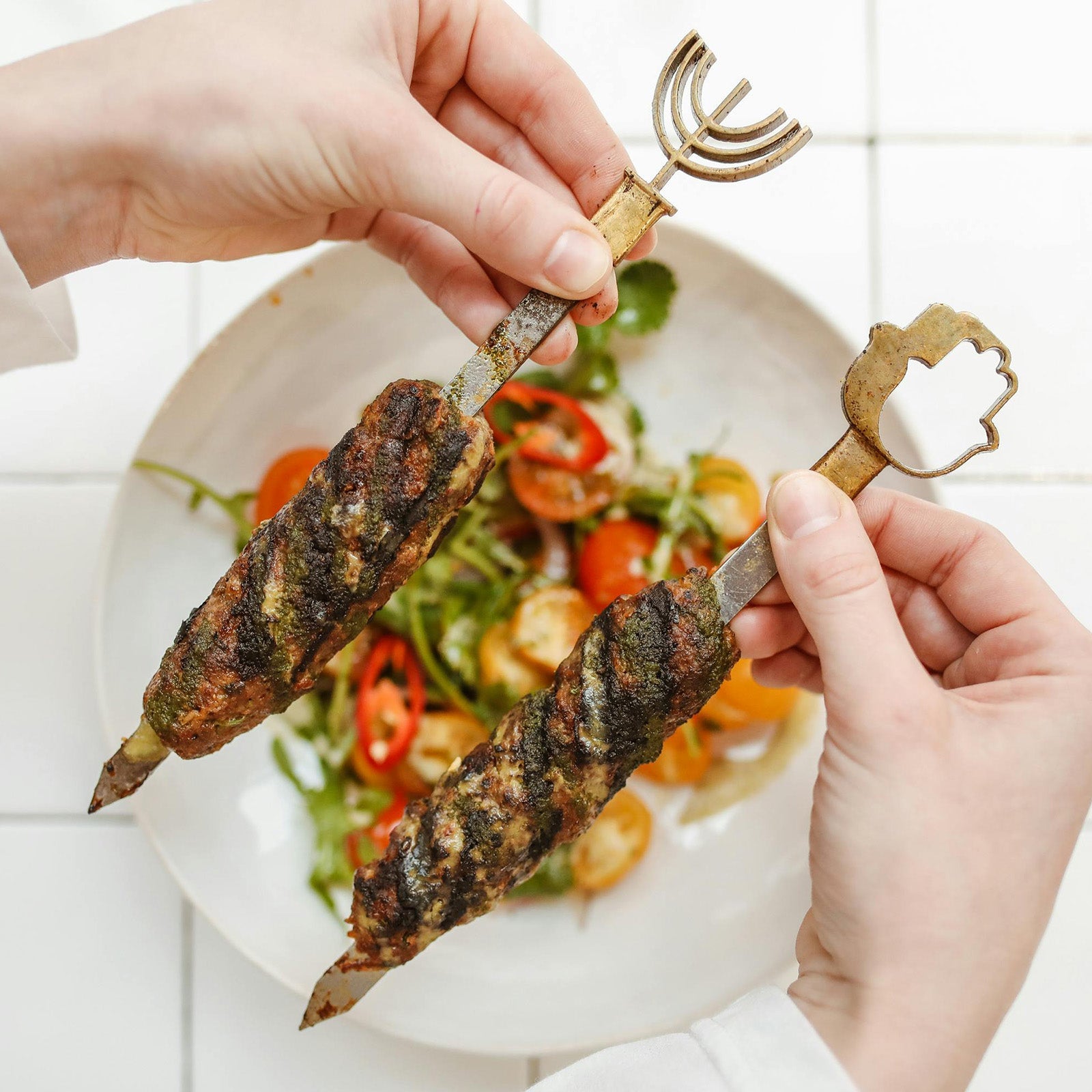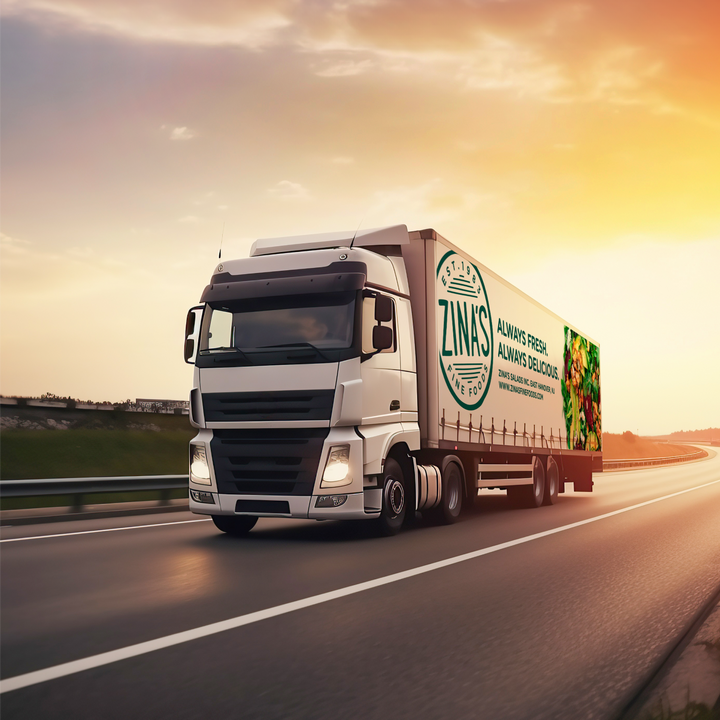
THERE’S A $10 JAR OF PICKLES AT YOUR LOCAL GROCERY STORE. THERE’S A $14 SALAD IN THE GRAB-AND-GO CASE. FIVE YEARS AGO, THEY MIGHT’VE BEEN IGNORED. TODAY, THEY SELL OUT.
Call it premiumization, but what’s really happening is more personal: people are choosing with more care. Not because they want to spend more, but because they want their choices to mean more.
At Zina’s, we see it every day. Customers aren’t just picking the cheapest option. They’re scanning ingredients. Comparing brands. Reading between the lines. And in many cases, choosing us — because the food feels real. And because the intention behind it is visible.
Premium isn’t about indulgence. It’s about alignment.
The pandemic accelerated it. Inflation didn’t derail it — it clarified it. In a world where everything feels up for grabs, people are reaching for things that feel grounded. That’s the real premium shift.
They don’t want to spend more. They want to spend smarter.
They want to feel good about what goes into their cart, their body, their family. And that’s not a demand for luxury. It’s a quiet but clear demand for quality — and for proof that it’s there.
What people want today isn’t luxury. It’s accountability.
That shift changes the game for food brands. Labels can’t carry the weight alone. “Chef-crafted” doesn’t mean anything if it tastes like a spreadsheet. “Clean label” doesn’t help if it eats like compromise.
This is where trust comes in — and trust, in food, is built with your hands.
At Zina’s, we don’t ask you to believe in the brand. We ask you to try the food. Because if it doesn’t deliver in taste, texture, freshness, and feel, no copy line can save it.
Premium doesn’t begin at the price tag. It begins in the kitchen.
And it continues in how you ship, how you partner, how you show up in retail. It shows in how many days a product stays fresh. In how much work a consumer has to do to make it taste right (ideally none). In whether it feels like food or feels like marketing.
Premiumization in foodservice is no different. That $18 grain bowl? It earns its place when the squash is roasted, not microwaved. When the hummus is made with care. When someone gave a damn about the salt level. That’s when it starts to feel like value.
People aren’t paying more for the ingredient. They’re paying more for the intention behind it.
Retailers are adapting. The best ones are asking for more than margin. They want clarity. They want to know who made this food and why. That opens a new lane — not just for high-end brands, but for brands that take their work seriously.
And that means premium is less about glitz, and more about grip. About how tightly your operations align with your values.
At Zina’s, we spend as much time with production partners as with retailers. Because trust isn’t just what you show at the shelf. It’s what happens three steps before it. In procurement. In process. In the daily, unsexy decisions most shoppers never see — but somehow taste.
Trust is built upstream. Premium is just the proof.
So yes, premiumization is real. But it’s not a flex. It’s a responsibility.
And the brands that take it seriously — that source with care, that cook with intent, that ship with pride — are the ones customers come back to. Not because of the label. But because the food earned it.
Don’t just charge more. Mean more.
